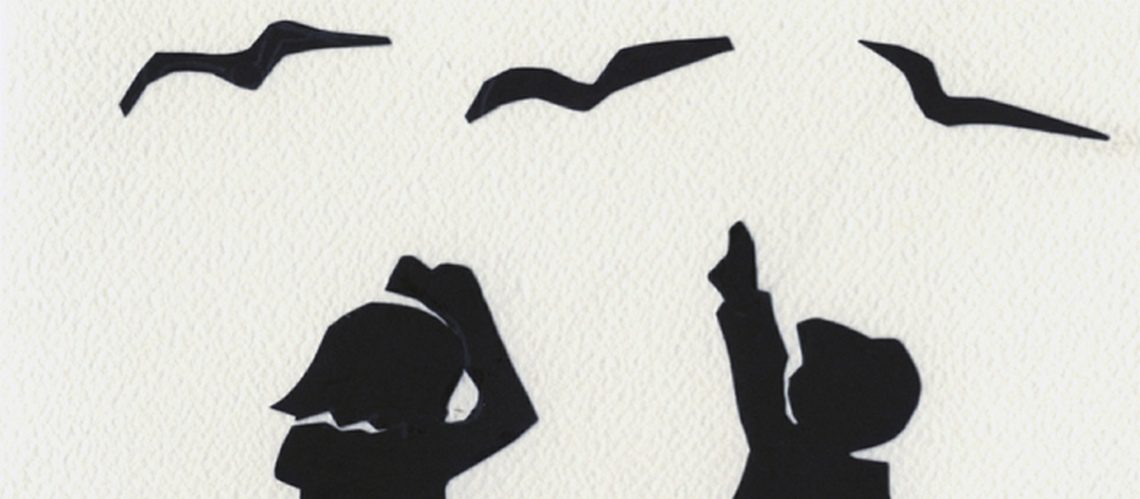By John Copeland
Contributing Writer
For being the shortest month of the year, February certainly has a lot of “holidays” in it. It is also the only month of our calendar not named for a God, a Roman Emperor or a number. It was named for the Roman festival, Februa, a month-long event of purification and atonement.
As a festival Februa is very old, older than even Rome. It was descended from an old Sabine festival honoring their god, ‘Februs,’ god of the underworld. The Sabines were a pre-Roman tribe that lived in the Apennine Mountains of Italy and were conquered by the Romans. Rome merged Februs with Pluto. No, not Mickey Mouse’s dog; Pluto was the Roman god of the underworld and the dead.
Feb. 1 is Chinese New Year, also called the Lunar New Year, which is celebrated by more than 20% of the world’s population. It is the most important holiday in China and many other Asian nations. It’s also celebrated in Chinatowns and Asian homes around the world. It’s considered a time to honor deities and ancestors and to be with family.
The Lunar New Year usually sparks a rush of travel that the New York Times has called the world’s largest annual human migration, which will probably be lessened this year amid the ongoing COVID-19 pandemic.
This year, which is 4720 in China, is the Year of the Tiger. Tiger years are all about going big or going home. This is markedly different from 2021’s Year of the Ox, which was all about steady progress, pragmatism and hard work. According to Chinese astrologists, the Year of the Tiger will usher in a time of intense emotions and big decisions, so hang on to your hats.
The next “holiday” is very old. On Feb. 2, while the Romans were festively purifying themselves, other cultures were celebrating a fire goddess and still others, sheep (I know that sounds a little scary). During the Middle Ages, it became the time for blessing church candles, celebrating bears and, later still, groundhog meteorologists. Each of these observances all have Feb. 2 in common. Now, when you stop and think about it, all these events seem random and unrelated, but truth is, they are not!
Feb. 2 is a cross quarter day. During the year, our seasons are marked by both quarter days and cross quarter days. They are some of the oldest holidays we still widely recognize around our planet. They are at least as old as New Year’s and possibly even older.
Quarter days mark the astronomical events of winter solstice, spring or vernal equinox, summer solstice and finally the autumn equinox. Today, we recognize quarter days as the start dates of our four seasons. The cross quarter days are Feb. 2 (Groundhog Day), May 1 (May Day), Aug. 1 (Gule of August) and Oct. 31 (Halloween).
Feb. 2 is the first cross quarter day of the year and its deeper meaning speaks to the triumph of spring over winter and birth over death. This was a big day in early cultures as witnessed by the many festivals that are associated with Feb. 2.
For ancient Celts, it was the festival of Imbolc, celebrating that ewes are soon to give birth to lambs, a sure sign that spring is not far off. In ancient Gaelic the word “Imbolc” literally means “lamb’s milk.”
Feb. 2 is also Brigid’s Day. Brigid, was a fire goddess that was so popular with the common folk, she was embraced by the Catholic Church and canonized as a saint. Brigid represents the light half of the year, and the power that will bring people from the dark season of winter into spring.
Feb. 2 is also Candlemas, the day of the Mass of the Candles, when all the candles that would be used in the church during the coming year were blessed. This custom lasted in England until Oliver Cromwell and the Puritans banned the practice. However, the symbol of lighted candles had a strong a hold common folk and was not entirely cast aside. Traces of this festival held on until recently in the British Isles like little lights that refused to be blown out.
That brings us to Groundhog Day. Well, originally, it wasn’t a groundhog. European folk traditions marked Feb. 2 as the date bears emerged from hibernation to inspect the weather and if they returned to their lairs it meant that winter would continue for another 40 days.
In colonial days, German immigrants brought their traditions with them. Finding no bears but lots of groundhogs, or woodchucks, they adopted them to fit the lore. It’s one of the early examples of job outsourcing — the bears lost their weather job to a woodchuck. According to legend, if a groundhog sees its shadow on this day, there will be six more weeks of winter.
Just in case it slipped your mind, Monday, Feb. 14, is Valentine’s Day, a very popular holiday. According to U.S. florists, 110 million roses, most of them red, will be given to sweethearts across America on that day. We will also exchange about 1 billion — yep, that is a billion with a B — Valentine’s Day cards. Americans will also buy more than 58 million pounds of chocolate and a lot of that will come in 35 million heart shaped boxes. You still have time to pick up a card and order a bouquet of flowers or some tasty chocolates for your sweetheart.
And, that, my friends, is what lays in store for us for the first half of February. There is still Lincoln’s Birthday, Washington’s Birthday and President’s Day. It is also Black History Month and Heart Health Month.






